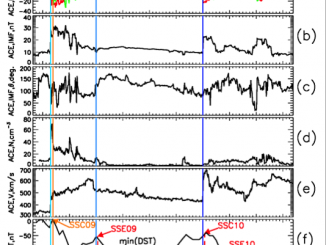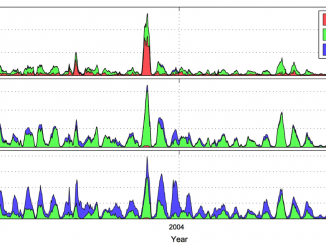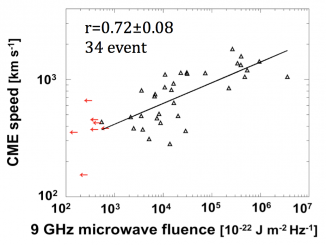High‐Frequency Communications Response to Solar Activity in September 2017 as Observed by Amateur Radio Networks
by Nathaniel A. Frissell
Long before satellite communications, high frequency (HF, 3–30 MHz) radio was the primary method for long distance, over-the-horizon wireless communications. HF signals are able to travel long distances by refracting off of the ionosphere in what is known as “skip” or “skywave” propagation. Aside from a transmitter and receiver, no additional technological infrastructure is needed. Because of this, even in the modern age of space‐borne relays and widely distributed Internet availability, […]




